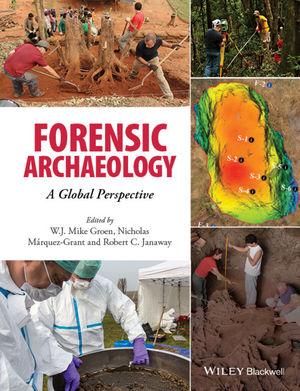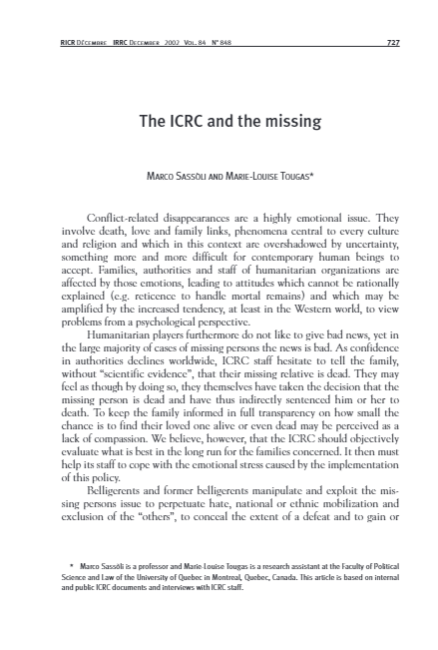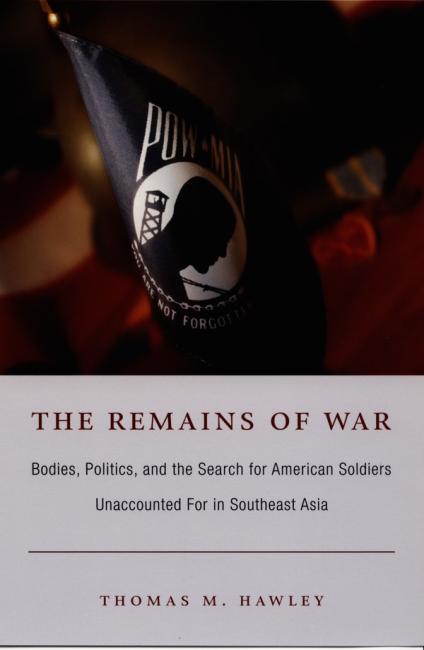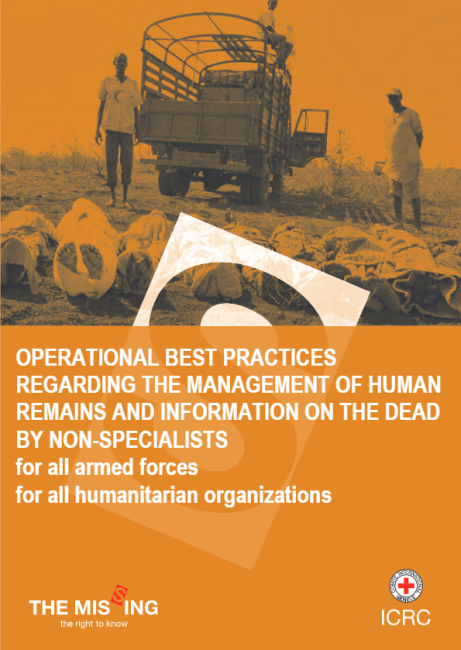
Fallen comrades? Anthropological analysis of human remains from the siege of Turin, 1706
The construction of an underground car park beneath the main square of Turin, Italy in 2004 led to the unearthing of the skeletonised remains of twenty-two individuals attributable to the early eighteenth century. At this time the city was besieged during the War of the Spanish Succession in a hard-fought battle that resulted in unexpected triumph for the Piedmontese, a victory that marked a fundamental turning point in Italian history. The current study assesses the strength of evidence linking the excavated individuals to the siege and assesses their possible role in the battle through consideration of their biological profiles, patterns of pathology and the presence of traumatic injuries. This article presents the first analysis of evidence for the siege of Turin from an anthropological point of view, providing new and unbiased information from the most direct source of evidence available: the remains of those who actually took part.





